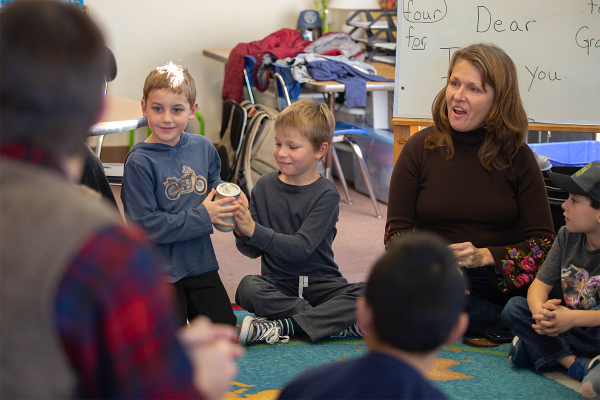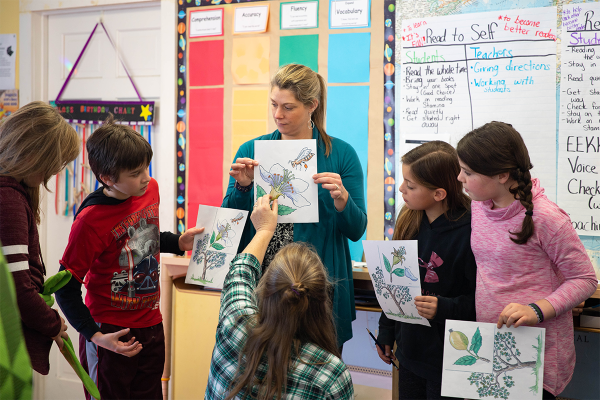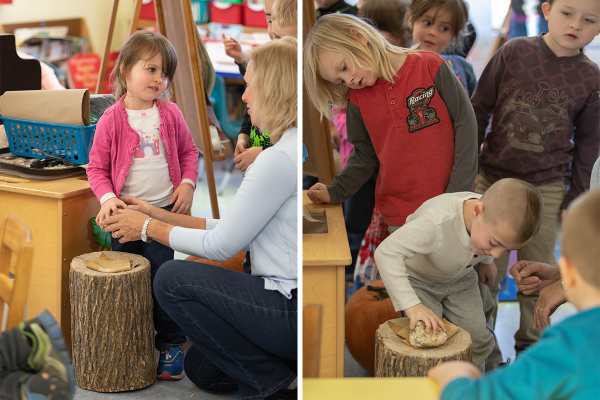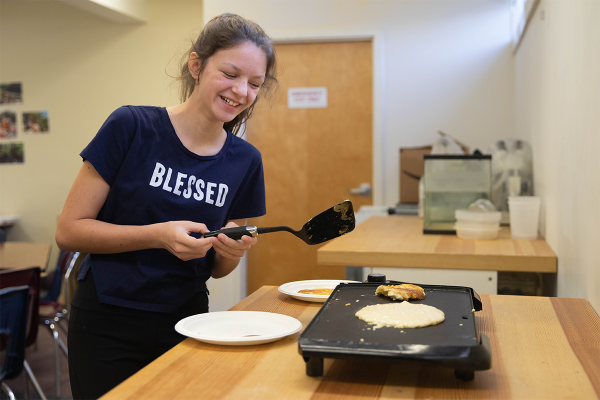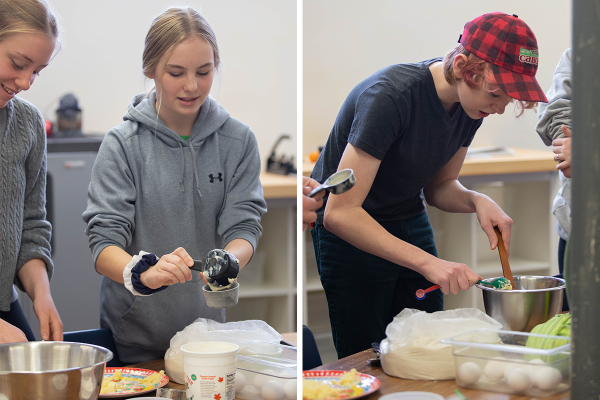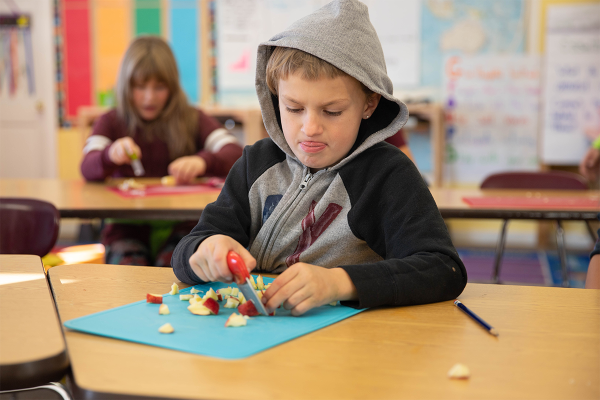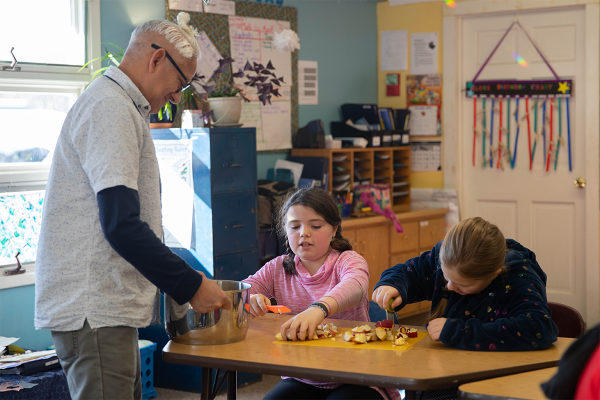Very informative post! Learned new things about Transforming Schools with Food and Farm Education. Thank you.
Transforming Schools with Food and Farm Education
In Vermont, we're showing how farm to school themes can bring classroom subjects to life through hands-on and place-based learning opportunities. Educators can link their school’s “big ideas” throughout all their classrooms in an engaging, exciting way that’s relevant to all grades. Through Vermont FEED, our partnership project with NOFA-VT, we’re working in schools to develop these connections.
But what are “Big Ideas” anyway? A common phrase among educators, Big Ideas (or cross-cutting themes), are concepts that apply to all subject areas—be it math, social studies, fine arts—and have lifelong relevancy. Agreed upon collections of big ideas can be shared at the district, school, or even classroom level. For instance, the Big Ideas of Sustainability are the central guiding themes for education at Shelburne Farms. They include “Community,” “Systems,” and “Fairness and Equity,” among more.
Shelburne Farms’ Director of Professional Learning Jen Cirillo describes the purpose and strength of Big Ideas with a prompt to teachers: “Imagine you’re at the grocery store 30 years from now. If one of your students were to come up to you in the produce aisle and tell you about ONE thing they remembered that you taught them, it would be these enduring understandings. Those are the ideas that permeate all through a student’s formal education and life—not dates or formulas they memorized, but ideas that have stayed with them and have continued to be useful in their lives.”
How do Big Ideas and farm to school work together? Farm to school can be a lens through which Big Ideas are explored in the curriculum and the cafeteria. By pairing the two, the learning is reinforced with hands-on activities and real-world connections that will stick with students for the long-haul.
Vermont FEED recently worked with Cabot School (grades preK-12) toward integrating farm to school into the school’s curriculum. Cabot already focuses on sustainability in their curricula, so connecting farm to school to the Big Ideas of Sustainability was key to their long-term adoption of farm to school.
“What I love about farm to school is that it has the potential to transform a whole community by thoughtfully connecting students to something so basic and engaging—FOOD!” remarked former classroom teacher and Shelburne Farms educator Aimee Arandia Østensen after her time at Cabot school. “When you layer that with the Big Ideas of Sustainability, you’ve got a true grounding in key concepts that will continue to be relevant and useful to our youth as they grow into being leaders and decision-makers in our communities.”
Resources: The Big Ideas of Sustainability and farm to school programming naturally form strong links when paired in the classroom. We’ve developed a Farm to School & Big Ideas resource to provide additional information about how they can be paired and explored in grades preK-12. And if you’re a new teacher, check out our staff’s contribution to the Summer 2019 Kappa Delta Pi New Teacher Advocate. You can download the article separately here.
Looking to bring farm to schoolk to your school community? Apply for Vermont FEED's 2020 Northeast Farm to School Institute (deadline: February 14, 2020) and check out all of Shelburne Farms' professional development opportunities for educators!
Vermont FEED supported Cabot School with embedded farm to school professional development as part of the Vermont Farm to School Child Nutrition Grant program.
